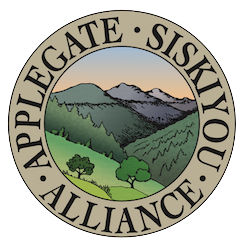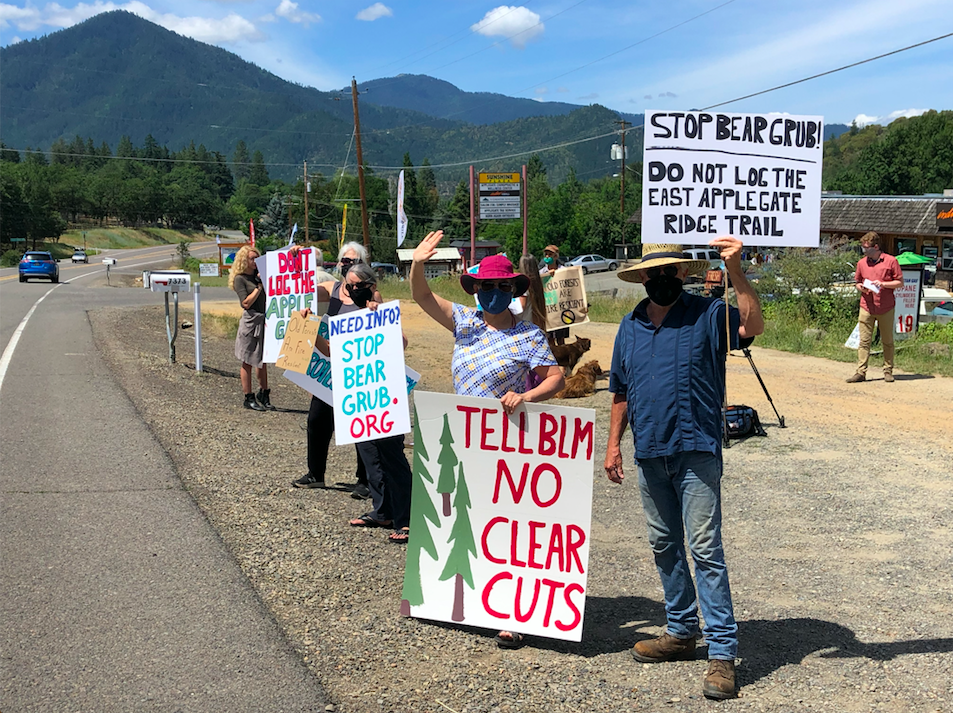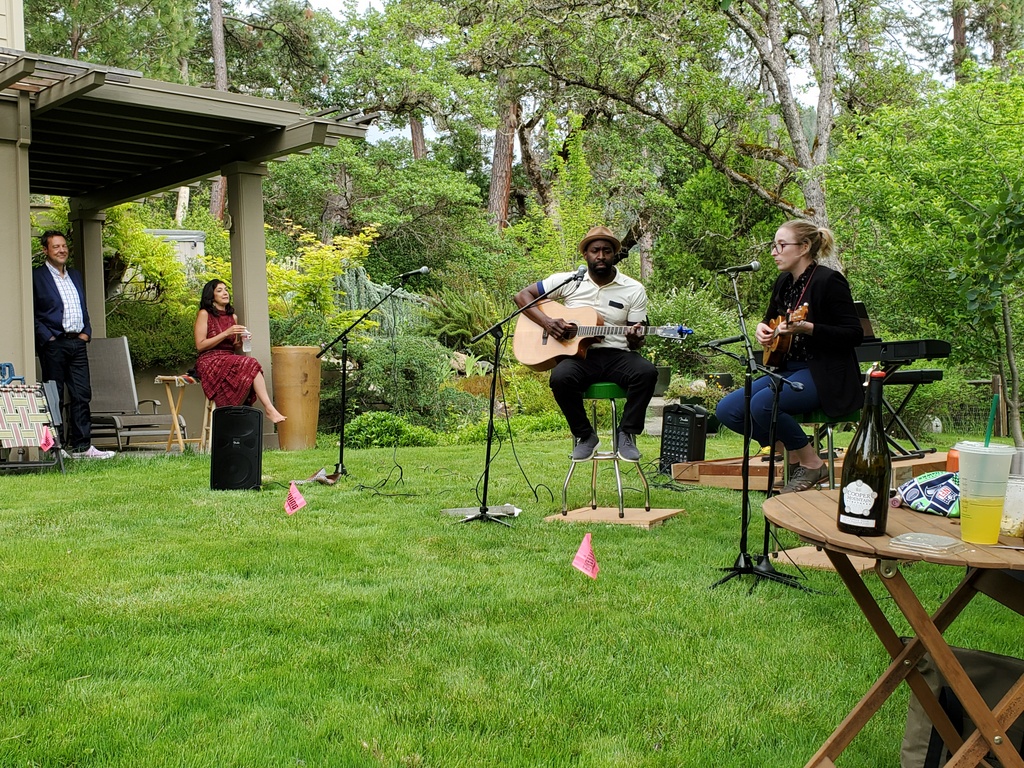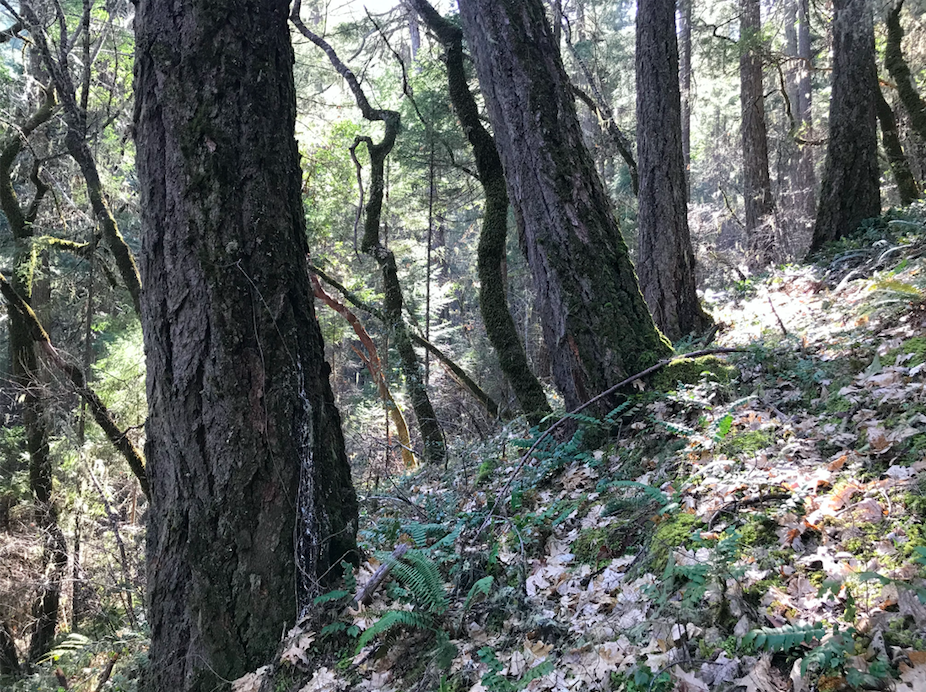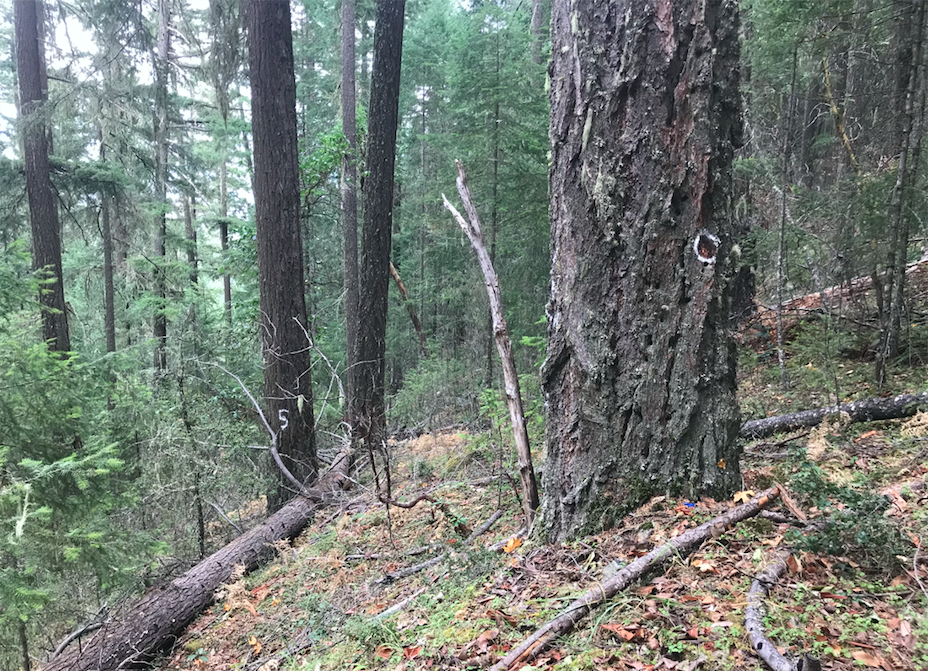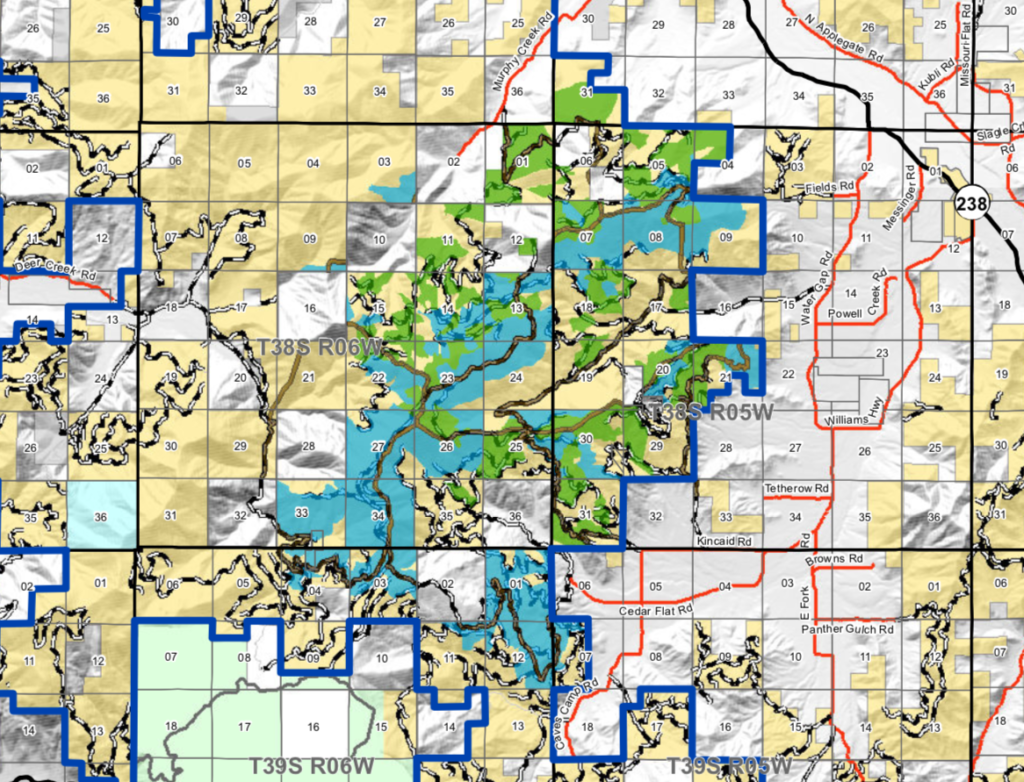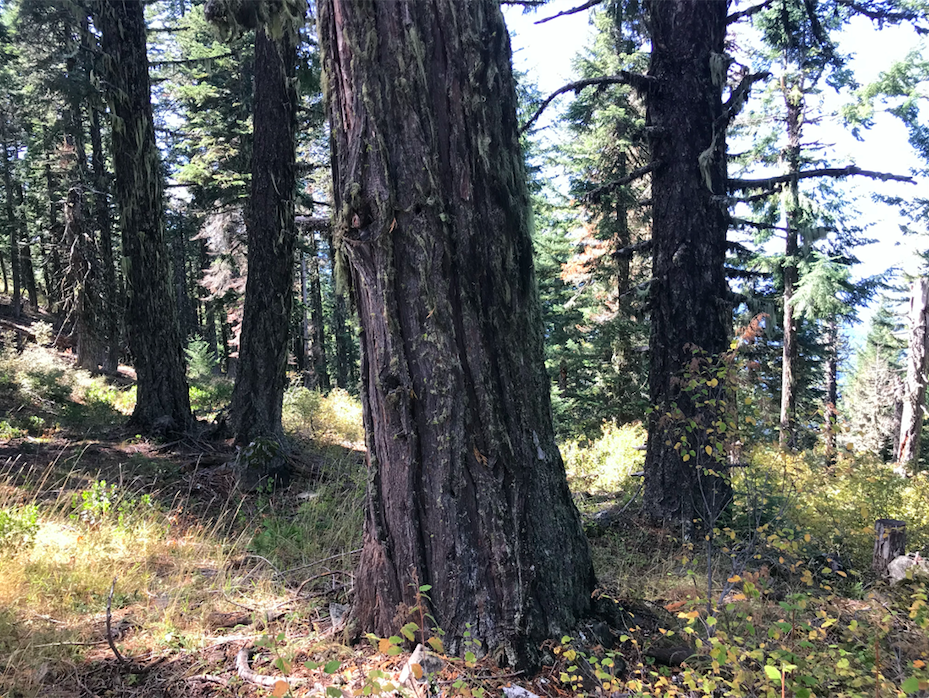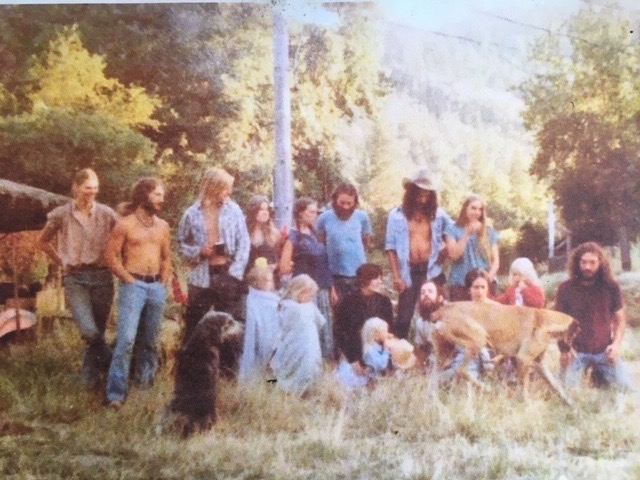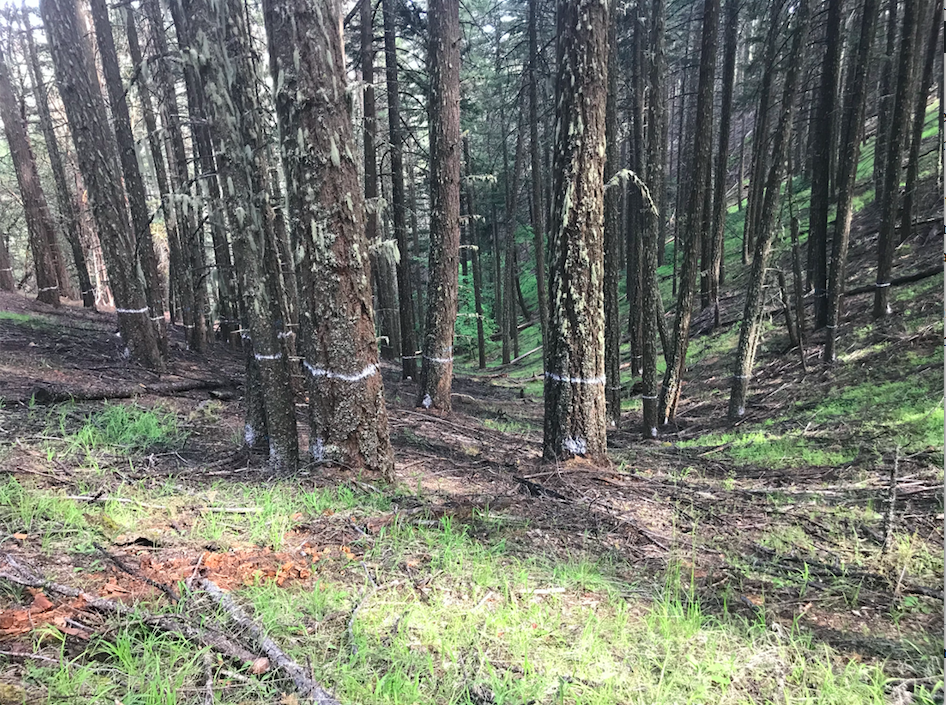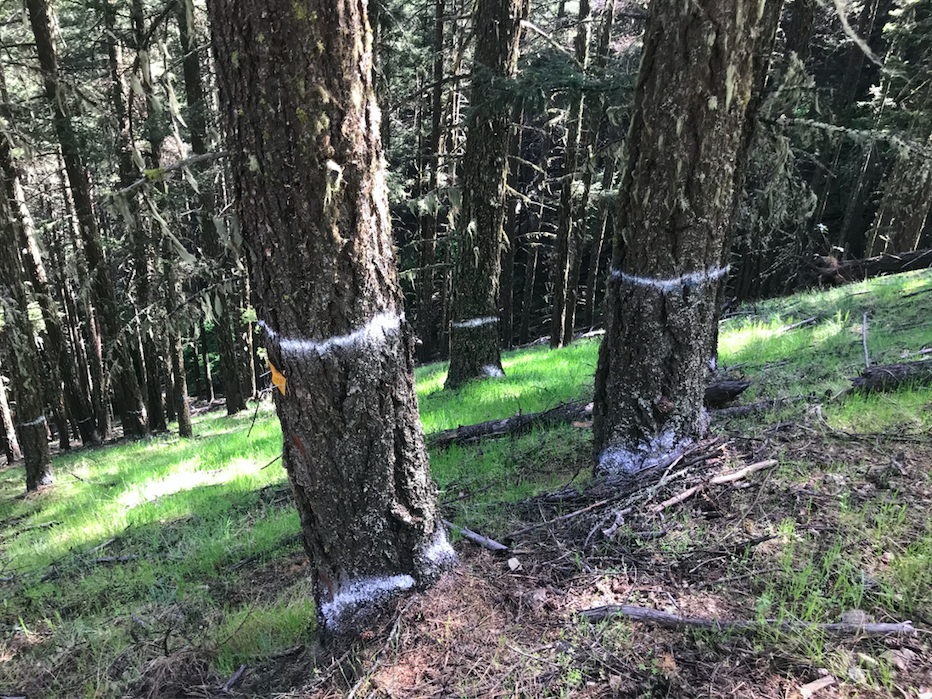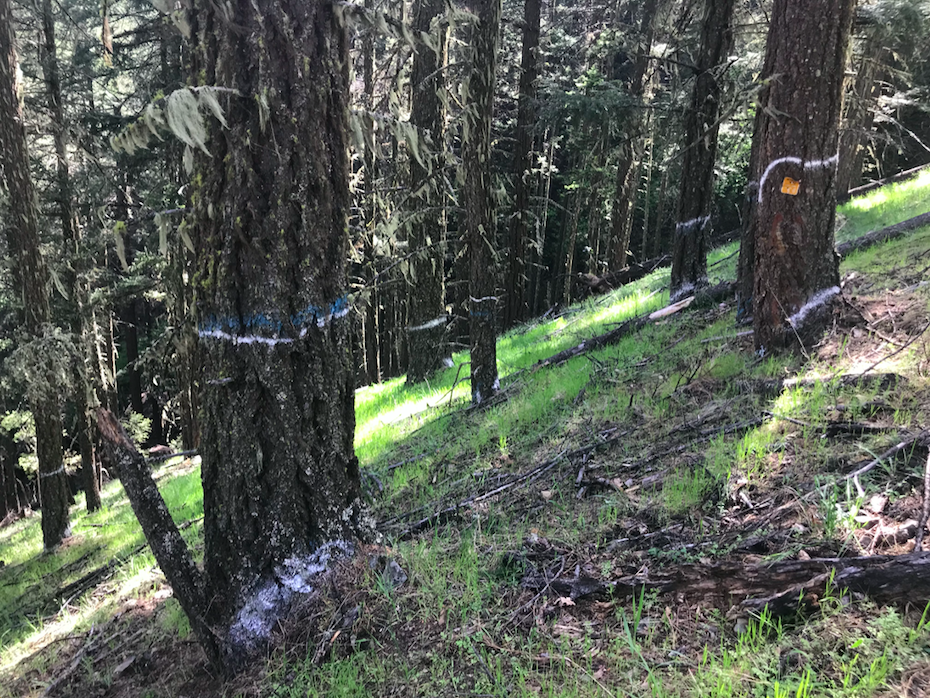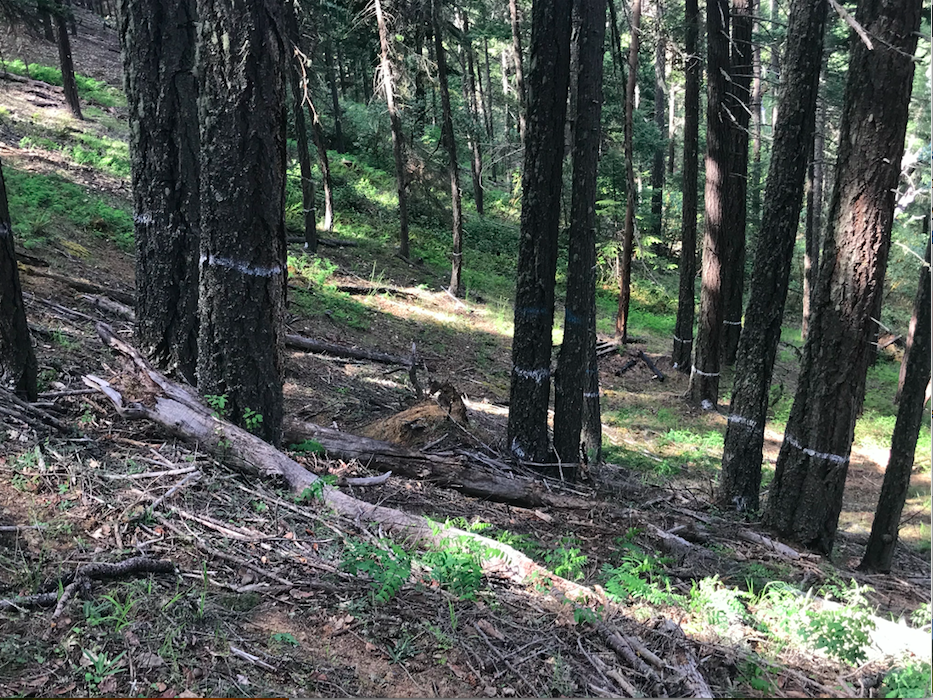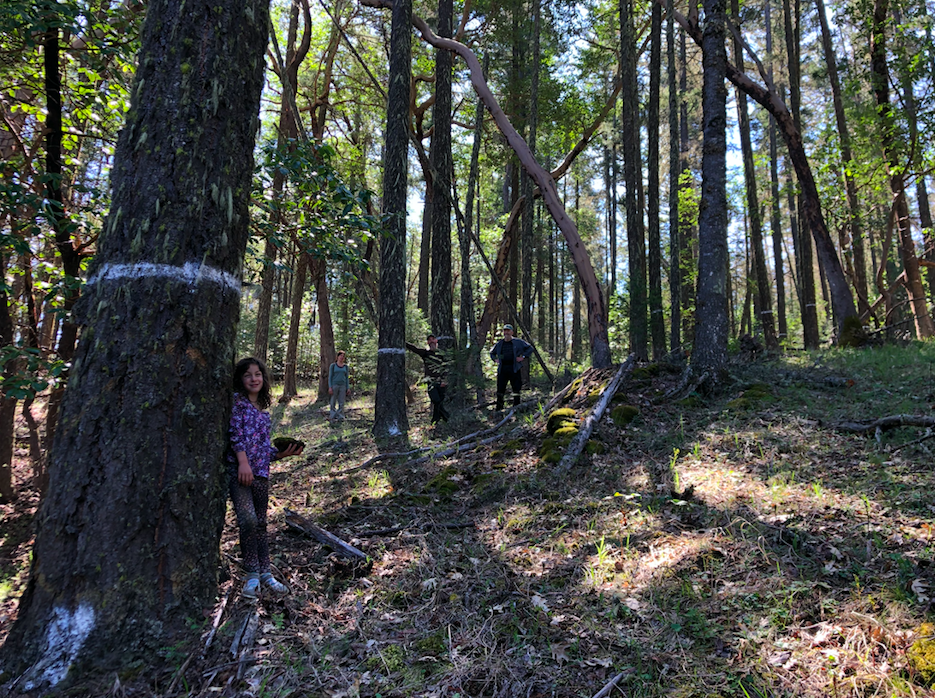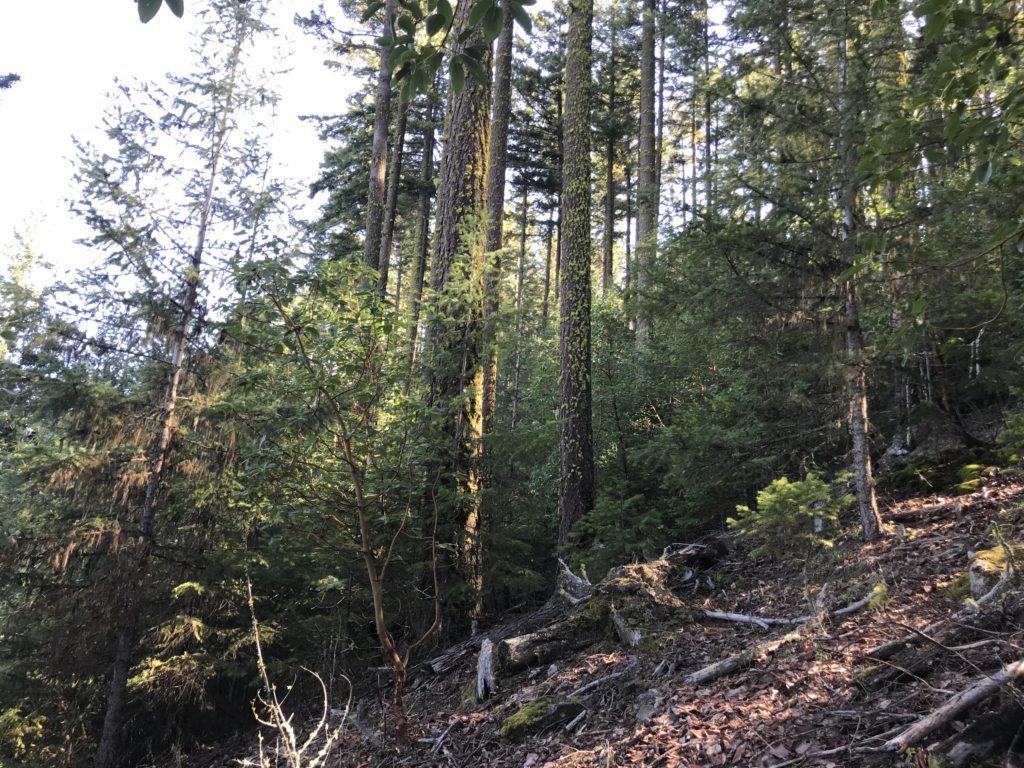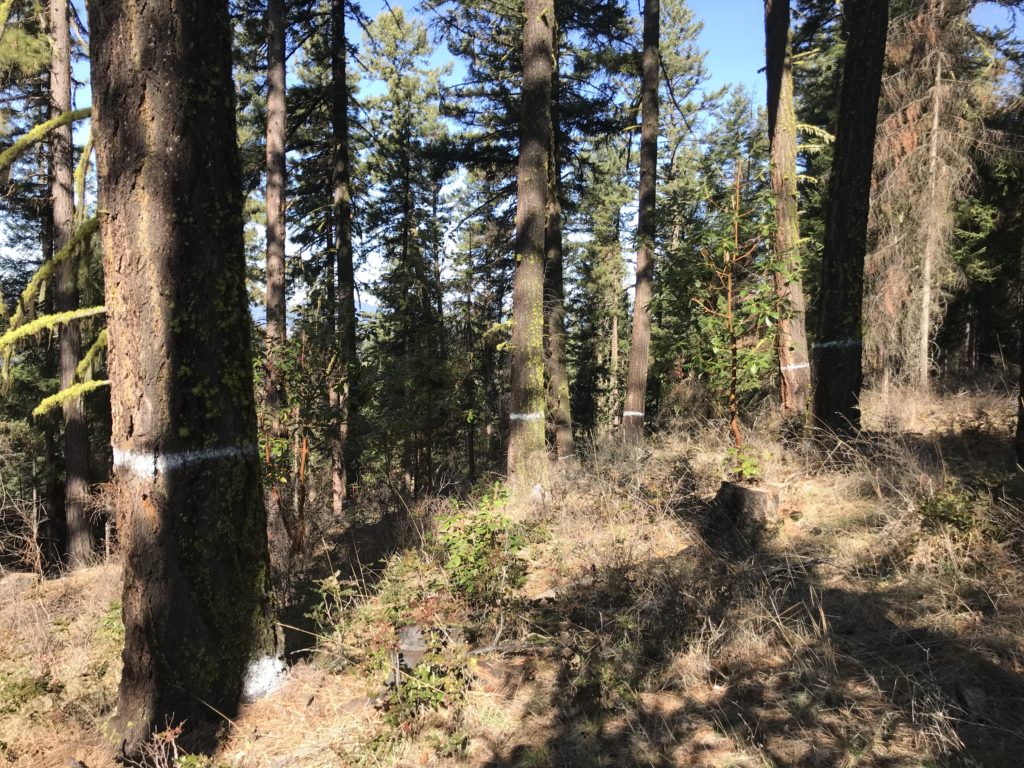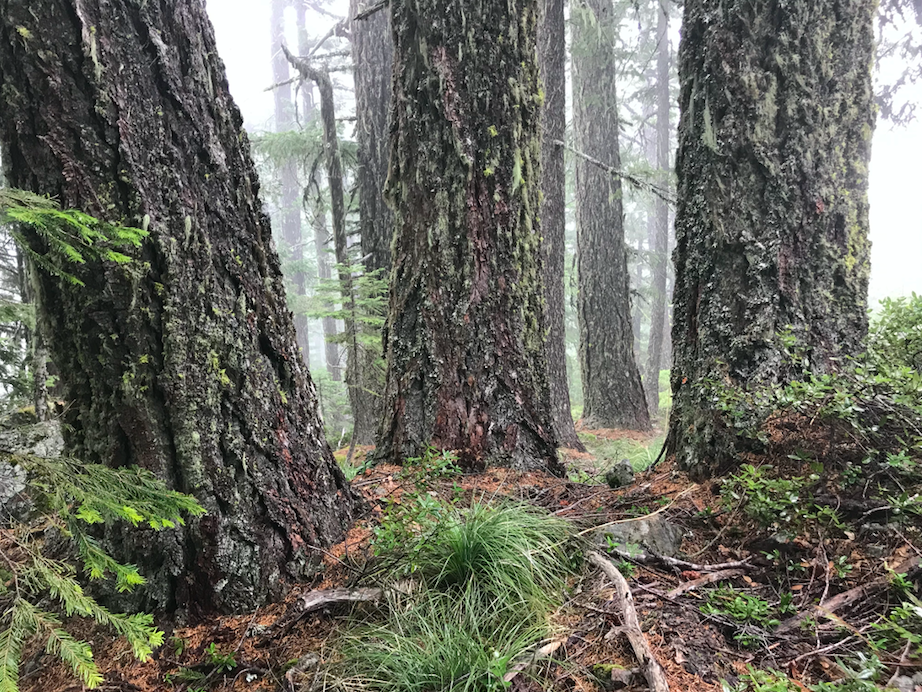
In the era of “alternative facts” and politically motivated misinformation, federal land managers, like those at the Medford District BLM, have created a misleading and Orwellian narrative promoting heavy industrial logging as “restoration” and “fuel reduction,” while ignoring or masking the environmental impacts. According to this narrative, the solution to every environmental problem is more logging, more roads, and more resource extraction.
This campaign of misinformation has reached a crescendo with the innocuous sounding Integrated Vegetation Management for Resilient Lands (IVM) Project. Although called “Integrated Vegetation Management” this project would be largely implemented as commercial timber sales. Approval of the IVM Project would authorize up to 20,000 acres of commercial logging and 90 miles of new road construction per decade on Medford District BLM lands. According to the BLM these authorizations would have “no sunset date” and could be utilized to log many tens of thousands of acres and build many hundreds of miles of new road.

The IVM proposes to allow the BLM to implement these activities virtually anywhere within the 800,000-acre planning area, without disclosing or identifying specific units or locations. This would include up to 684,185 acres of potential “treatment areas” extending across almost the entire Medford District BLM, from the Wild and Scenic Rogue River, south and east to the western slope of the Southern Cascade Mountains, and across the arid foothills of the Applegate and Rogue Valleys.

The IVM Project, combined with logging that is currently proposed in the BLM’s “Harvest Land Base,” like the Bear Grub Timber Sale, would change the face of Southwestern Oregon, fragmenting some of our last intact BLM forest lands and altering the scenic character of our region. Unfortunately, the IVM Project is specifically designed to promote logging in Late Successional Reserve forest designated to protect habitat for the Northern spotted owl. It also proposes logging activities in designated Recreation Areas, adjacent to communities, in suitable Northern spotted owl habitats, Riparian Reserves designated to protect stream corridors and in wildland habitats like the Mungers Wildlands, west of the Williams Valley.
Some action alternatives proposed by the BLM allow the logging of large, fire resistant trees up to 36” in diameter, in stands over 120 years of age, and to as low 30% canopy retention. This will require the retention of some large trees, but certainly not a forest. Recent examples of logging to 30% canopy cover include the O’Lickety Timber Sale in the Little Applegate River Watershed, which triggered “accelerated overstory mortality,” a condition in which residual overstory trees left after a disturbance such as logging can sustain dramatic mortality outbreaks. These outbreaks can be associated with significant microclimate alterations, canopy loss, stand desiccation, bark beetle mortality, and windthrow from high winds and/or heavy snow loads.
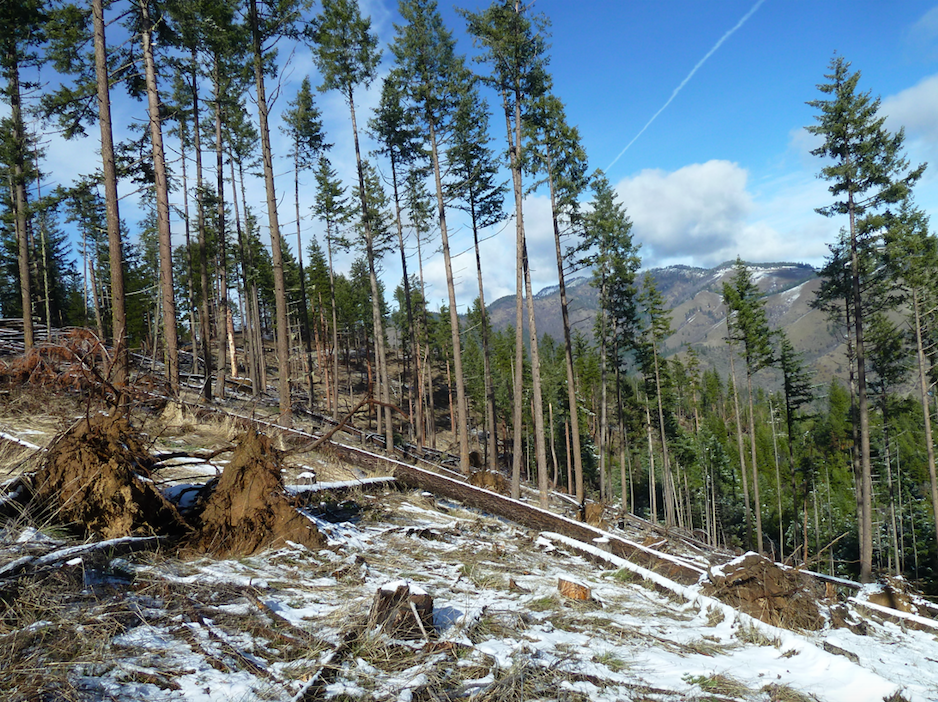
Action alternatives proposed in the IVM Project would also allow the clearing of up to 4-acre group selection “openings” in mature, fire resistant forest and across up to 20% of a given stand. In these areas, whole groves will be targeted for logging, with all or virtually all vegetation removed. For all practical purposes this logging will create a series of staggered clearcuts fragmenting formerly mature, closed canopy forests. These so-called group selection “openings” will look, act and respond like small clearcuts. They will fragment forest habitats, damage or remove Northern spotted owl habitat, reduce fire resilience, increase fuel loading, and degrade scenic values throughout our region.
Percent Carbon Dioxide Emissions by Sector in Oregon 2011-2015
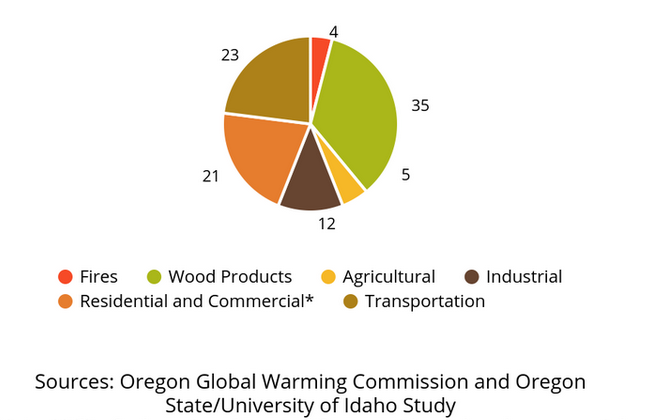
The impact of logging large, old trees and significantly reducing canopy cover also translates into a net loss in carbon sequestration, especially because the logging is proposed in LSR forests which are intended to maintain and promote late successional forest values. In both the long and short term, logging significantly reduces our local forest’s potential to sequester carbon and mitigate or slow the effects of climate change. In fact, recent research from Oregon State University and the University of Idaho demonstrates that the timber industry represents the largest source of carbon emissions in the state of Oregon, accounting for 35% of total emission levels.
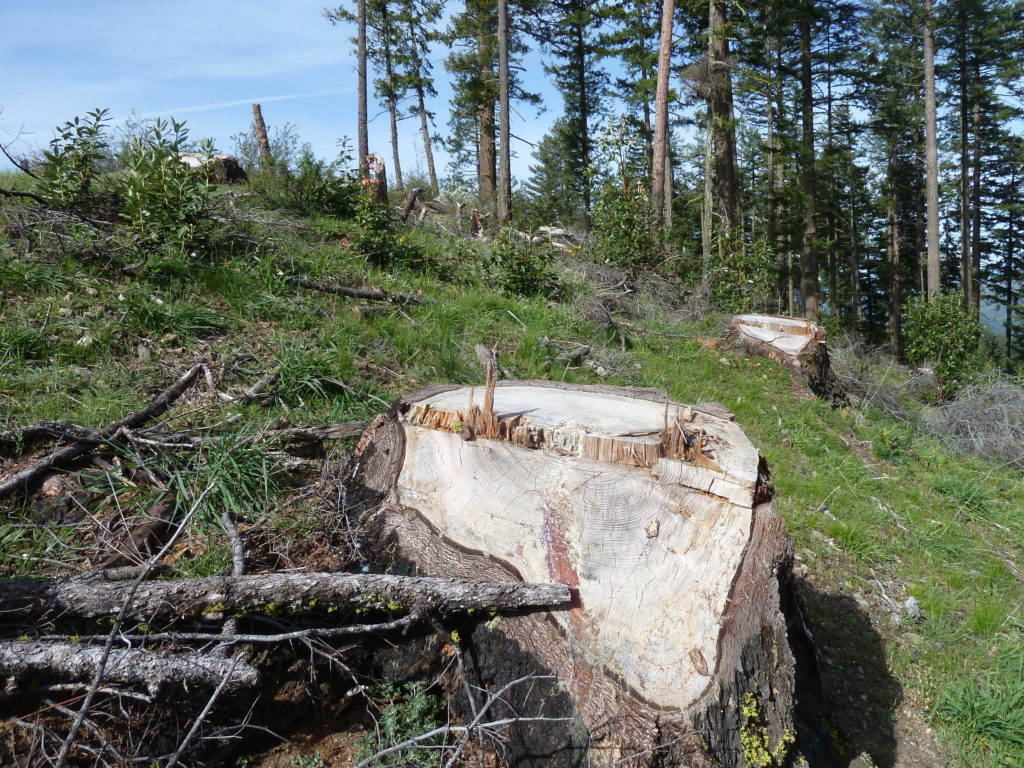
Despite the many damaging activities proposed in the IVM Project, perhaps the most troubling aspect of the project is its attempt to avoid current requirements under the National Environmental Policy Act (NEPA) to conduct detailed environmental review, analyze and disclose potential impacts, and conduct meaningful public engagement. If the IVM is approved, large timber sales could be authorized without project specific Environmental Analysis, site specific scientific review, adequate public comment or meaningful public involvement. Instead large timber sales could be approved by the BLM through an internal and non-transparent Determination of NEPA Adequacy (DNA) process. The public would no longer be consulted as partners in the NEPA process, but would instead be informed when decisions have been made.
Under this scenario, protest periods (which BLM is also proposing to eliminate through a different process) and litigation would become the public’s only form of meaningful involvement, leading to increased controversy, gridlock and legal action. Under the Trump administration, proposed BLM rulemaking changes and projects like the IVM are working to limit public involvement, reduce NEPA requirements and discourage site specific scientific review. We are fearful that this approach will degrade our forest environments, make our communities less fire resilient and bring the timber wars back to southwest Oregon.

Please comment on the IVM Project between now and October 19, 2020. Ask the BLM to:
- Extend the current public comment period for the IVM project by an additional 30 to 60 days. Commenting on this project and its over 600,000 acre “treatment area” is complex, difficult and time consuming. The public needs more time to read the over 300 page Programmatic Environmental Assessment, consider the impacts, make meaningful suggestions and provide substantive public comment.
- Withdraw the current IVM Project and work towards more meaningful public involvement, transparency, and collaboration with diverse stakeholders to create ecological and socially responsible public land management projects.
- Implement site specific NEPA Analysis and full public comment periods on all commercial logging and road building projects like the agency has in the past. NEPA analysis and the public involvement process it requires substantially improves land management outcomes and reduces controversy by encouraging collaboration, transparency and science-based land management planning.
- Do not utilize a Programmatic NEPA approach to undermine public involvement, eliminate public comment and reduce scientific oversight of BLM logging projects.
- Complete a full scientific analysis of the impacts of the IVM Project to climate change and carbon sequestration.
- Do not remove, modify or downgrade Northern spotted owl habitat in LSR forest
- Do not log large, fire resistant trees over 20″ diameter, implement group selection logging or remove canopy cover to as low as 30%. These activities impact habitat values and increase fire hazards.
- Due to the massive scope and scale of the proposed project a full Environmental Impact Statement (EIS) should be required to address substantive concerns, environmental effects, and social concerns surrounding the over 800,000 acre planning.
Please submit EA comments or questions to Kristi Mastrofini, Medford District Planning and Environmental Coordinator by mailing the BLM, Attn: IVM EA Comments, 3040 Biddle Road, Medford, Oregon 97504; or through email at BLM_OR_MD_IVM@blm.gov.
You may also submit comments and view agency documents via BLM’s ePlanning register on the project’s website by selecting “Comment on Document” in the Documents section of the webpage. https://eplanning.blm.gov/eplanning-ui/project/123406/510
